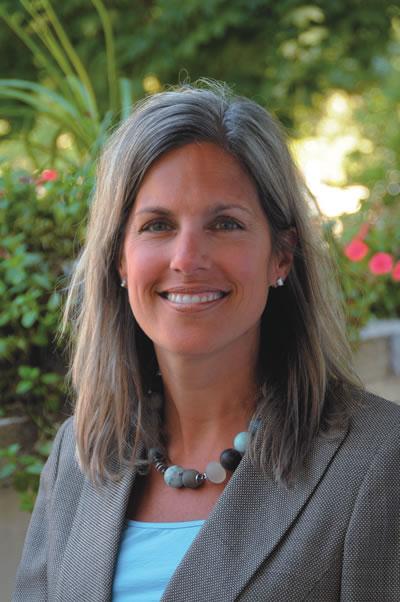Recruitment News
Momentum Drives More Demand in Admissions Cycle

Stephanie Balmer, Vice President for Enrollment, Marketing and Communications
July 1, 2012
As I write this summer column, the view from my admissions office window overlooking Bosler and the academic quad reveals a lush, late-spring campus preparing for Commencement. There is much to celebrate: The class of 2012’s accomplishments are exemplary. Another class has kept us busy in admissions—the class of 2016. Admissions and financial-aid staff are asked regularly about the number of students enrolled, as the size of the incoming class is of great interest to many.
For the class of 2016, the college received 5,844 applications, the second-largest applicant pool in its history (the largest—6,067—yielded the class of 2015). We admitted 2,335 students through our two early-decision rounds, one early-action round and regular admission—an overall admit rate of 39.7 percent, the lowest in more than 20 years and 10 percent lower than just three years ago.
Although our yield on offers of admission was a bit higher than predicted, we were excited to extend a handful of offers from the waitlist to guard against external pressures. In addition to our incoming first-years, six students from our community-college partner institutions and nearly 30 transfer students are expected to arrive with the class of 2016.
With 47 percent of the class receiving need-based financial aid, it’s a diverse class from a socioeconomic perspective, too. Given the uncertain economy and media attention on the value of the liberal arts and student-loan debt, financing a college education has never been more challenging. Dickinson continues to award generous financial aid in the form of grants and scholarships to eligible students, with the college investing more than $10 million in new student aid and nearly $39 million in total student financial aid.
As selectivity improves each year and as the applicant pool increases, the various pressures for places in the class will continue to grow more complex. Although the result isn’t always good news at the end of the admissions cycle, the college is a value-driven, straightforward and accessible place, and our practices and our office should reflect the best of Dickinson in this way.
Last, for all of the ways that the college search has been transformed by technology, it’s evident that members of the Dickinson community (alumni, parents and current students) continue to play a tremendous role in telling the college’s story. Whether in an admissions interview or casual conversation with a visiting family, students often share how they first learned about Dickinson. The guidebooks and Web sites are well represented, but much more frequent are comments such as “my dad’s colleague went to Dickinson and thought it would be a good school for me,” or “a Dickinson parent suggested that Dickinson should be on my list,” or “a student I respect attends Dickinson,” or other comments that reflect the extended community’s enthusiasm for this special place. Thank you for all you do to support our reach and great success.
Published July 1, 2012